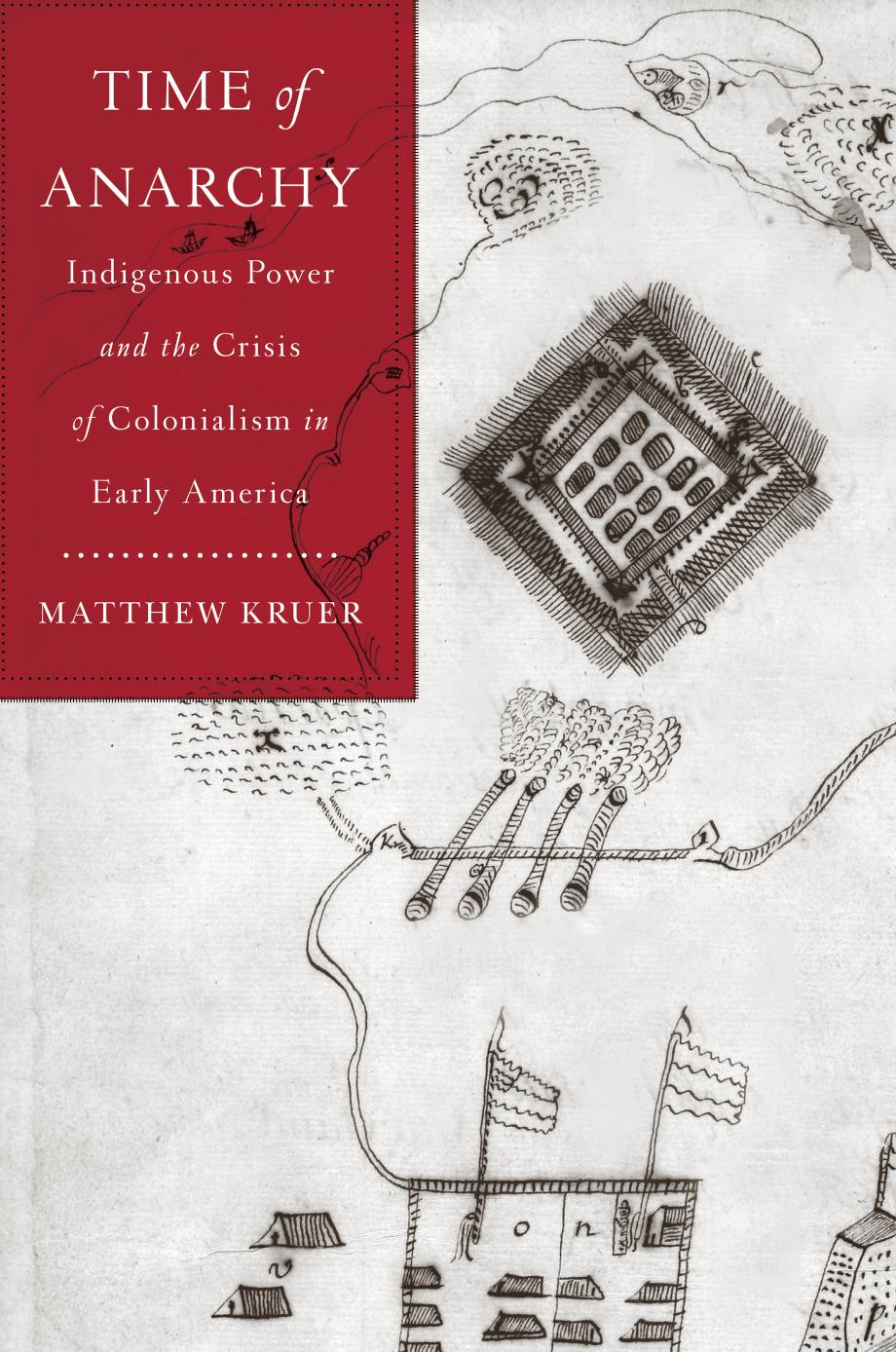Time of Anarchy by Matthew Kruer

Author:Matthew Kruer
Language: eng
Format: epub, pdf
Publisher: Harvard University Press
* * *
Despite the cloud of uncertainty that hung over these northern raiders, with every clash producing new flights of rumor about their identity and motivations, their targets were precisely chosen. Manahoacs and nearby Siouans were part of the Occaneechisâ tributary network, many of whom had helped the Occaneechis massacre a band of Susquehannocks in 1676. The Rappahannocks inhabited the territory where Susquehannock warriors had intruded in early 1676, while Pamunkey and Appamattuck warriors had mobilized to repulse them. Piscataways had been at the 1675 siege of the Susquehannock connadago, killed and captured Susquehannocks after their breakout, and advocated warring on the Susquehannocks unto destruction. If viewed as Haudenosaunee actions, the 1678 raids represented a sudden departure in foreign policy. But if one gave credence to the rumors, sightings, and circumstantial evidence connecting Susquehannocks to these attacks, it was just a continuation of previous struggles. When Henry Chicheley, writing as acting governor after Jeffreysâs death in December 1678, described âour late troubles and distractions with the frequent incursions of Indians for three years last past,â he was signaling his recognition that the flurry of moccasined feet down the Great Warpath was part of an unfinished war between Susquehannocks and their enemies.15
The ravaged Susquehannock nation had revived itself in Iroquoia as captives rapidly settled into new homes. They were probably aided by kinfolk who had been incorporated into the Haudenosaunee in earlier decades. One tantalizing piece of material evidenceâa woven carrying strapâsuggests that their path may have been smoothed by cultural affinity with their captors. Like many Native peoples, Susquehannocks used carrying straps to help bear heavy loads by distributing weight along the spine, decorating this utilitarian object with designs meaningful to its makers. The pattern woven into this strap, a series of stepwise slashes, was similar to the patterns of Oneida wampum belts, objects that symbolized sincerity and friendship. The craft of the strap attests to the cultural similarities between Susquehannocks and Oneida, expressed through aesthetics, that may have made their captivity easier to navigate. In March 1679, a Seneca envoy detailed the social result to Maryland colonists. Meeting with the council in Notley Hall, he drew a map of Iroquoia by setting kernels of corn on the table, each designating a major Haudenosaunee settlement. Susquehannocks, he explained, lived in the middle two nations, Oneida and Onondaga. Far from degraded prisoners or laboring slaves, âthe Susquehannocks goe from Towne to Towne peaceably as Friends,â traveling to the other Haudenosaunee nations whenever they wished. Haudenosaunee, who considered freedom of movement one of the core attributes of sovereignty, would not have allowed Susquehannocks such mobility unless they had achieved some degree of autonomy and political status within the League.16
Susquehannock Carrying Strap. Courtesy of Skokloster Castle, Sweden.
Download
This site does not store any files on its server. We only index and link to content provided by other sites. Please contact the content providers to delete copyright contents if any and email us, we'll remove relevant links or contents immediately.
| Americas | African Americans |
| Civil War | Colonial Period |
| Immigrants | Revolution & Founding |
| State & Local |
In Cold Blood by Truman Capote(3305)
Steve Jobs by Walter Isaacson(2830)
The Innovators: How a Group of Hackers, Geniuses, and Geeks Created the Digital Revolution by Walter Isaacson(2827)
All the President's Men by Carl Bernstein & Bob Woodward(2326)
Lonely Planet New York City by Lonely Planet(2169)
And the Band Played On by Randy Shilts(2127)
The Room Where It Happened by John Bolton;(2102)
The Poisoner's Handbook by Deborah Blum(2089)
The Murder of Marilyn Monroe by Jay Margolis(2055)
The Innovators by Walter Isaacson(2046)
Lincoln by David Herbert Donald(1943)
A Colony in a Nation by Chris Hayes(1880)
Under the Banner of Heaven: A Story of Violent Faith by Jon Krakauer(1745)
Amelia Earhart by Doris L. Rich(1645)
The Unsettlers by Mark Sundeen(1641)
Birdmen by Lawrence Goldstone(1618)
Dirt by Bill Buford(1609)
Being George Washington by Beck Glenn(1607)
Zeitoun by Dave Eggers(1586)
